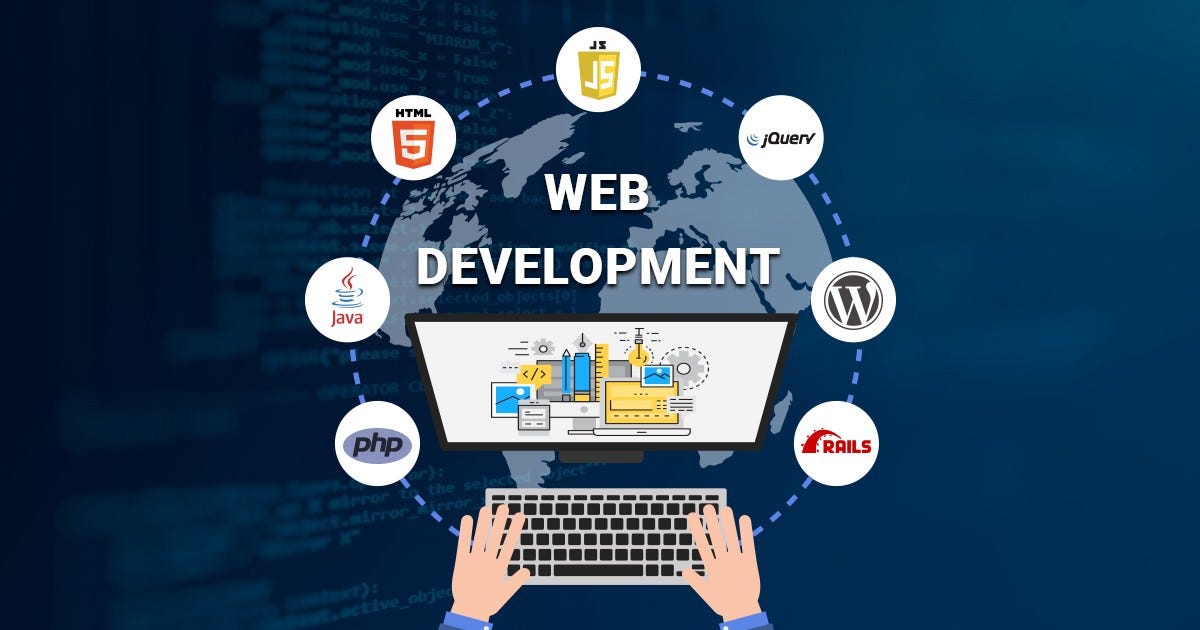Unlocking the Potential: Navigating the World of Website Development
Unlocking the Potential: Navigating the World of Website Development
Blog Article
Today the internet is an online entrance point for any individual or company. It's the point at which people who are interested in becoming customers or clients form their initial impressions, collect data, and connect with the products and services. Therefore, the process of the development of a website is not only about creating a digital presence but crafting an immersive and engaging online experience. Let's take a look at the complicated procedure of creating a website by looking at its essential components as well as how to bring online a vision.
In the midst of all website development is coding, the technology that brings life to a static webpage. HTML, CSS, and JavaScript are the fundamental components, supplying fashion, structure and interactivity. Designers use these languages to build dynamic and responsive websites that seamlessly adapt to different size of screens. Beyond that frameworks and libraries like Bootstrap and jQuery help streamline the development process, by offering built-in components and functions to speed up the process and guarantee consistency across different platforms.
The user experience (UX) design plays an important role in website development, focusing on improving the user experience for users as they browse the site. From intuitive navigation menus to eye-catching visuals and seamless interactions, each element has been carefully designed to increase usability and foster engagement. UX creators employ wireframing or prototyping methods to design and develop the user interface, iterating on the basis of feedback and tests to provide an engaging and immersive experience for users.
Today's digitally dynamic landscape websites need to be more than just static sites; they must to be dynamic and adaptable in response to changes and demands. CMS for Content Management (CMS) like WordPress, Drupal, and Joomla let website owners handle and manage their site's information with ease with no technical skills. They offer a variety of plug-ins and templates that can be customized which allow flexibility and scaling as businesses develop and grow. Furthermore, the integration of options like e-commerce along with multimedia content as well as social media integration can further improve the capabilities of your website and increase the level of engagement for users. To obtain extra details kindly go to Iabcd
The process of developing websites has been shaped by the advancements in technology and changing consumer expectations. The rise of mobile devices has forced developers to adopt responsive design principles, prompting designers to focus on versatility and efficiency across various platforms. In addition, the rise AI (AI) as well as machine-learning have enabled designers to design personalized and even predictive experiences using data to adapt content and suggestions specific to the needs of each individual user.
Businesses are increasingly adopting the world of e-commerce and transactions online, security has emerged as a major concern for the development of websites. From encryption techniques to secured payment processing developers employ robust measures to protect sensitive data and safeguard against cyber security threats. Regular security audits and update are carried out to reduce vulnerability and ensure compliance to regulatory standards and industry norms giving peace of mind to both businesses and consumers alike.